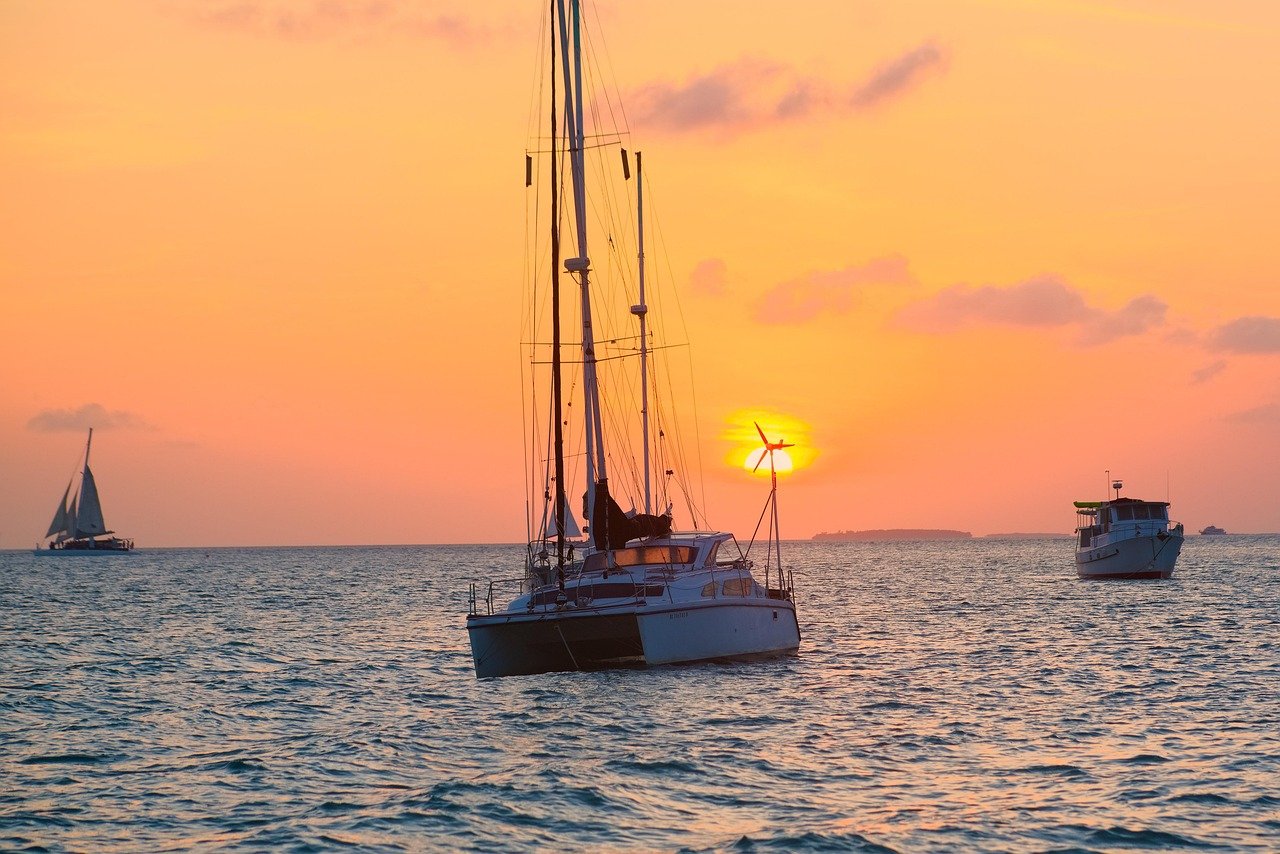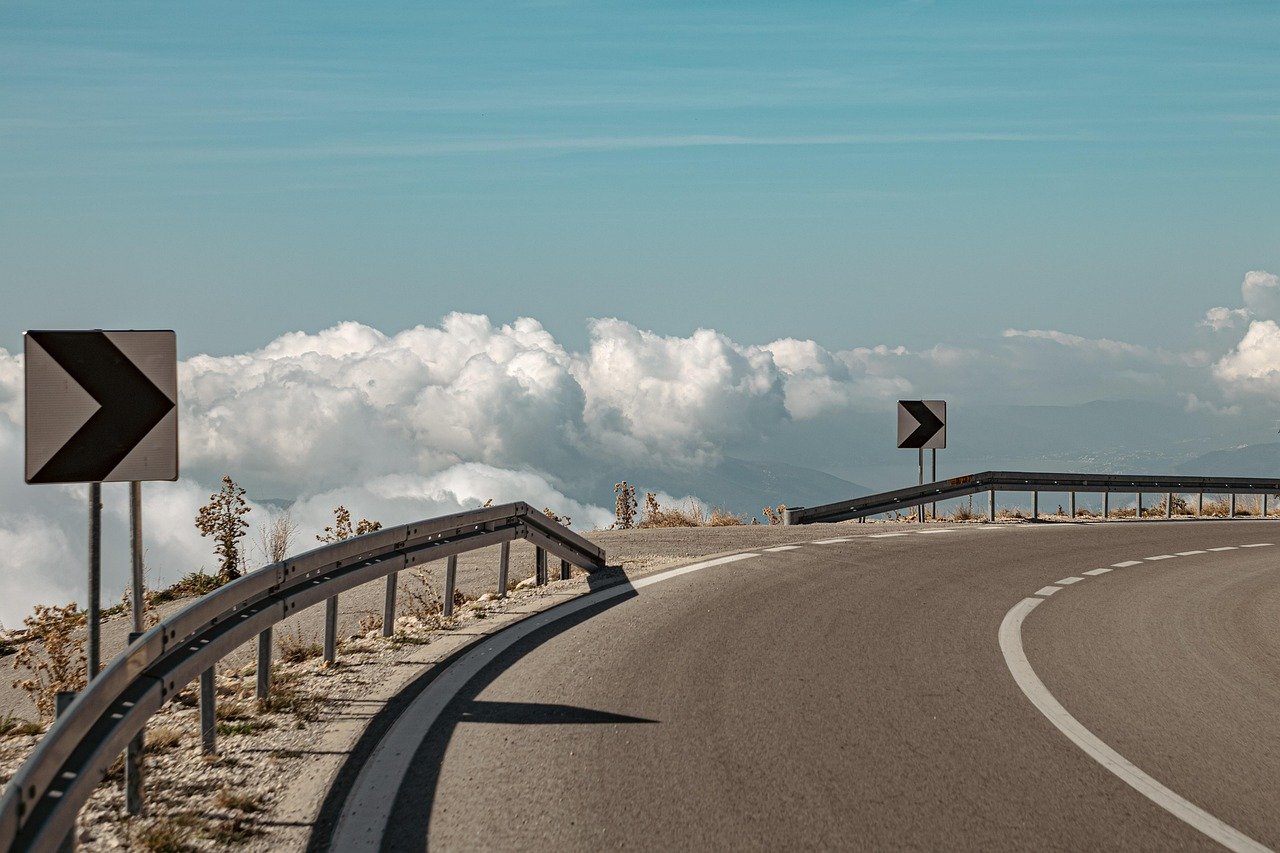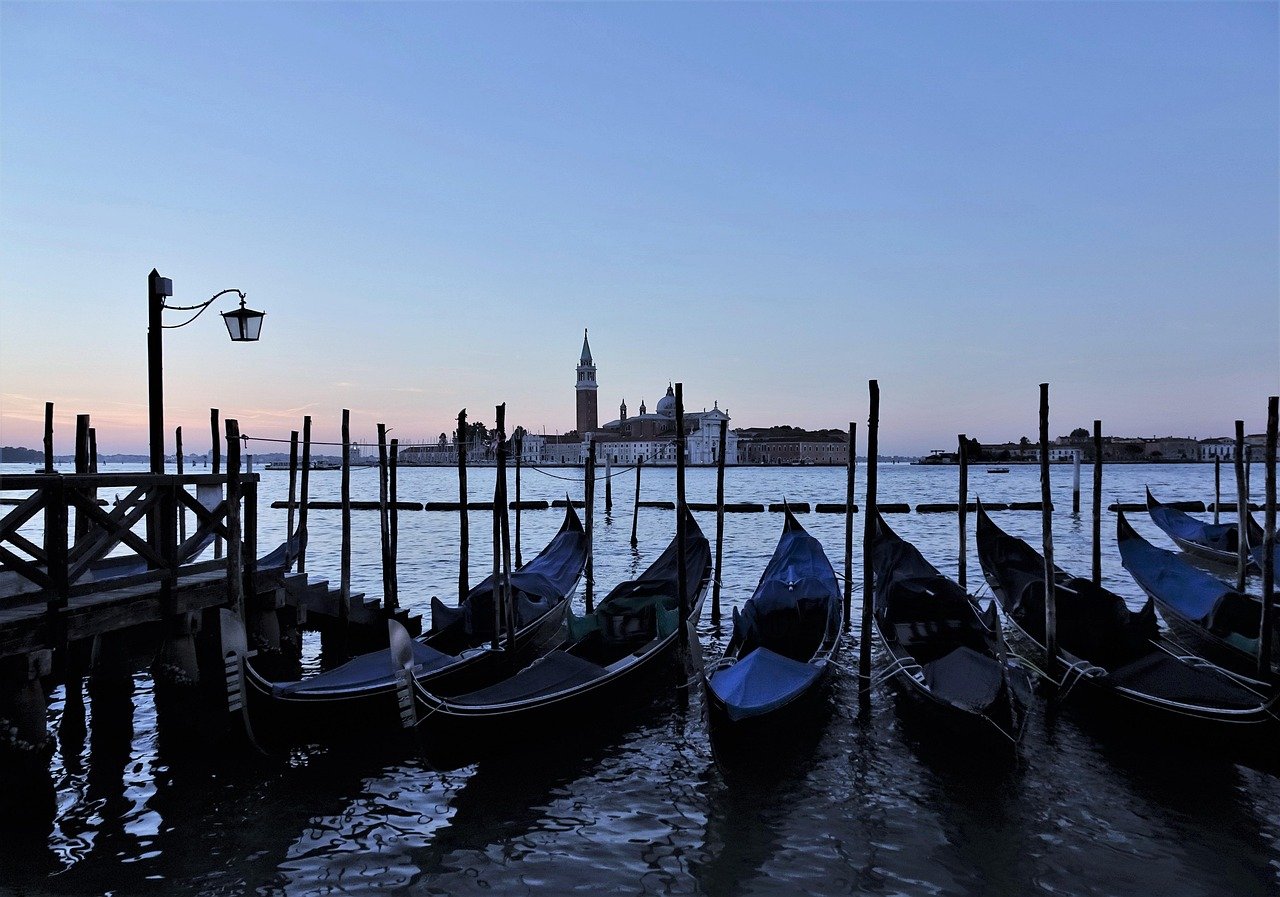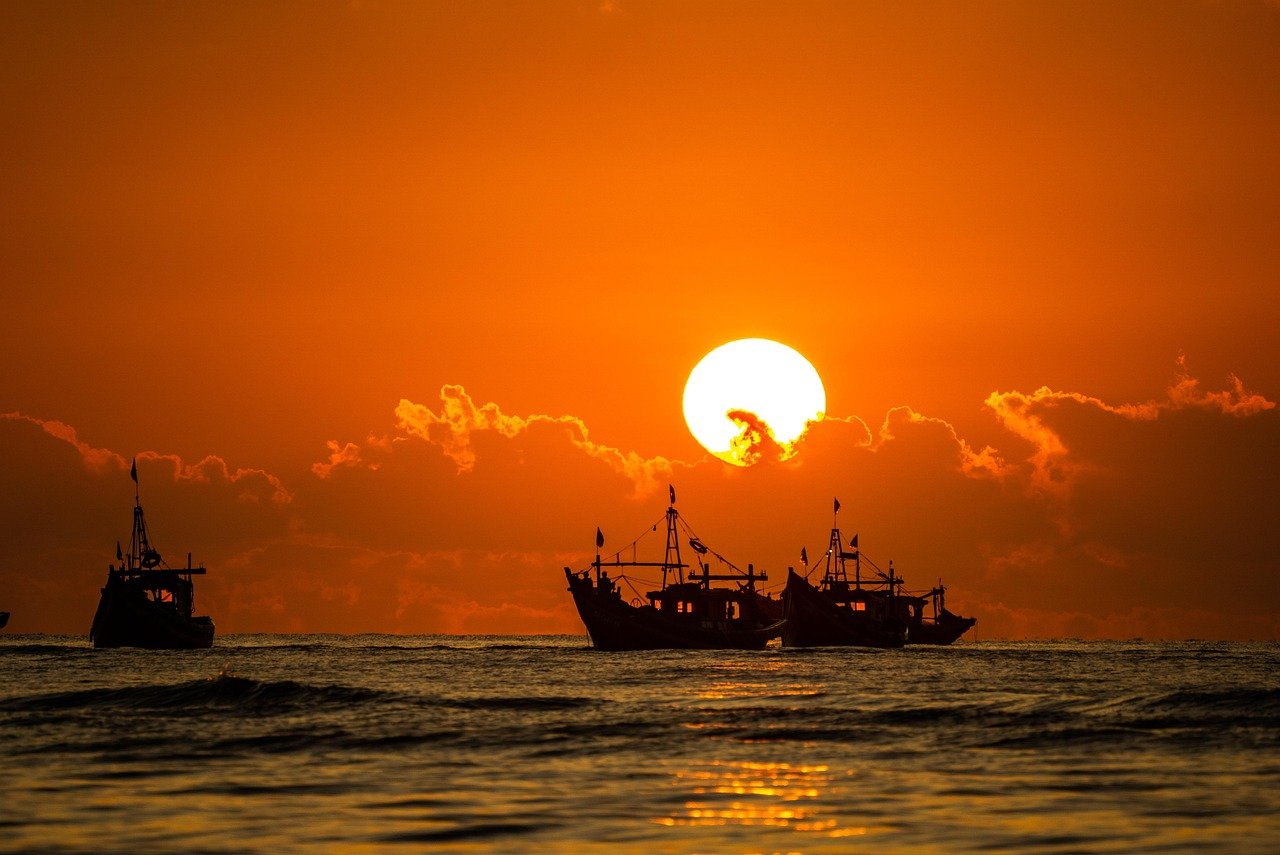Guided Tips for Ultimate Boating Safety: Your Guide
Introduction
Ahoy there, sea lovers! Ever dreamt about sailing into the sunset and feeling the breeze in your hair? Now, remember that Jack Sparrow impression isn’t complete without understanding boating safety. You wouldn’t want to swim out in the vast sea, battling angry seagulls for the last piece of biscotti that fell from your cookie pack, would you?
So, buckle in, folks (literally and figuratively). We’re about to give you a firsthand, VIP tour of boating safety tips—full of advice, factoids, and humor so dry it could dehydrate a watermelon.
Teaming up with Personal Flotation Devices (PFDs)
Let’s start with the basics: personal flotation devices (PFDs)—the simple, all-important invention that separates boating from the Titanic experience. You’re not being chicken for wearing one; on the contrary, you’re being super smart. Picture yourself as a Bond-like character sipping a martini—shaken, not stirred—on your sleek boat, all the while secured by your PFD. If you accidentally take a plunge (martini and all), you’ll pop back up like a cork, cool as a cucumber in your PFD. Remember: even the manliest man (or womanliest woman) becomes a sputtering, splashing mess if they can’t keep their head above water.
High-quality PFDs should be US Coast Guard-approved and tailored to your recreational activity. Inspect them before boating every time; rips and tears in your PFD are as welcome as sharks at a skinny-dipping party. Choose the right size—too big, and you’ll slip out; too small, and you might as well be wearing a baby’s bib. Oh, and choose bright colors—not because it’s a fashion parade, but because you’ll be more noticeable.

Knowing Your Boat
Like dogs, boats aren’t just boats. There are multiple types: powerboats, sailboats, kayaks, dinghies… the list goes on. Regardless of the type, one common denominator is that all boats require responsibility.
Powerboats aren’t just aquatic muscle cars; they require skill to navigate and control speed. Sailboats, on the other hand, demand knowledge about wind and sails. As for kayaks, controlling them requires some arm strength and maneuvering knowledge. Trips on a dinghy usually end up drenched if you aren’t aware of wave and wind conditions.
Bottom line, knowing your boat is as important as knowing that you shouldn’t use a flamethrower to light a barbecue.
Weather – The Uninvited Party Crasher
Weather can be as unpredictable as your friend who can’t decide between pepperoni or margarita two seconds before ordering. Check the weather before your boating trip and throughout, because Mother Nature is infamous for switching from sunny to stormy faster than a toddler’s mood. In case you’re caught in bad weather, keep calm, lower the speed, and wear your PFD. Nobody wants to be the lead role in a real-life version of “The Perfect Storm.”

The Binge-Boating Brouhaha
Okay, auf Wiedersehen common sense. We’re now in a zone where beer-belching contests and swimming don’t mix. Yeah, you guessed it. We’re talking about alcohol and boating. Simply, don’t drink and boat. Newton’s apple didn’t hit him on the head, proclaiming, “Thou shalt chug beer and steer boats!” Alcohol impairs coordination and judgment—the two things you need most when on a boating voyage.
FAQ
Do Children Need Different PFDs?
Yes, they do. Children should have PFDs that fit well and have a handle on the back for quick retrieval. It should also have a crotch strap for preventing it from riding up.
How to Inspect a PFD?
Look for rips, tears, and holes in the PFD, checking that all straps and buckles are functioning. Beware of mildew—it’s as welcome as a telemarketer’s call during dinner.
What to Do if the Boat Capsizes?
If the boat flips, stay calm. If you can, stay with the boat—it’ll be easier for rescuers to spot you.
How to Prevent Overloading Your Boat?
Ensure to adhere to the boat’s capacity restriction, as an overloaded boat is a sinking boat. Also, balancing the load is crucial; lopsided isn’t just for bad selfies.
Is Night Boating Allowed?
Yes, but it requires additional precautions like working navigation lights as well as additional vigilance not to collide with unseen objects.
Conclusion
Cruising blue waters shouldn’t morph into blue faces. With these boating safety tips, you’ll be equipped to enjoy your aquatic adventure safely. The sea is a vast, open playground, but like any playground, it has its risks. Just follow these precautions, and, bingo, you get a boat ride without the need for emergency flares or dramatic piano music. Votre toast, my dear fellow boaters, here’s to the aqua-filled journey of thrills—not chills. Now go rock the boat (safely, of course)!




